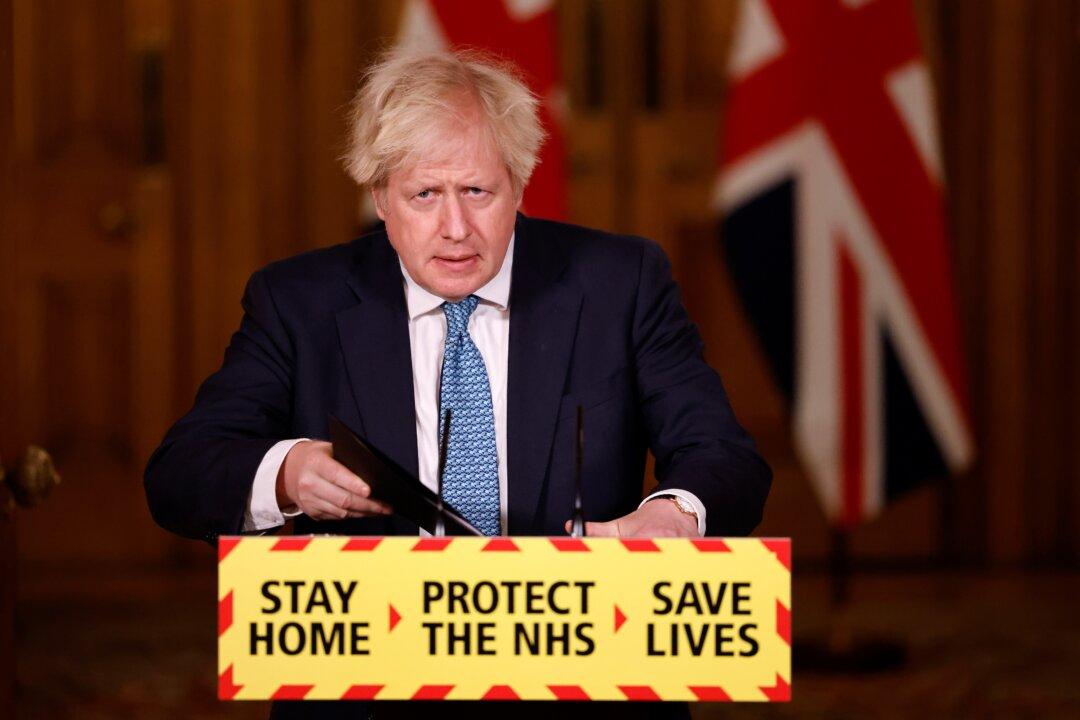The UK government wants no one to be more than 10 miles away from their nearest vaccination centre, under plans currently being set up with the guidance of army logistics.
Prime Minister Boris Johnson said that the government would be providing hundreds of thousands of vaccines a day by the end of next week.





